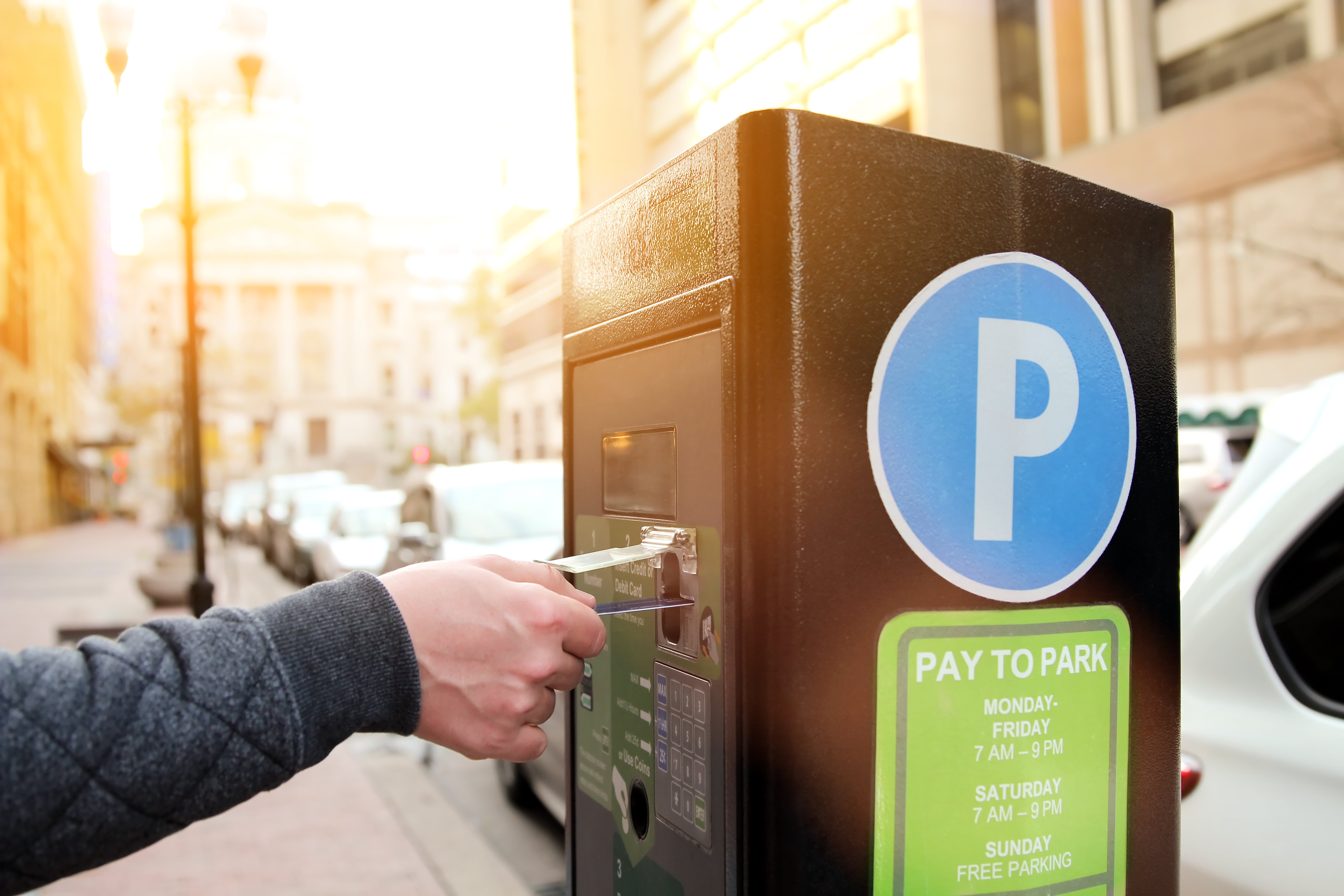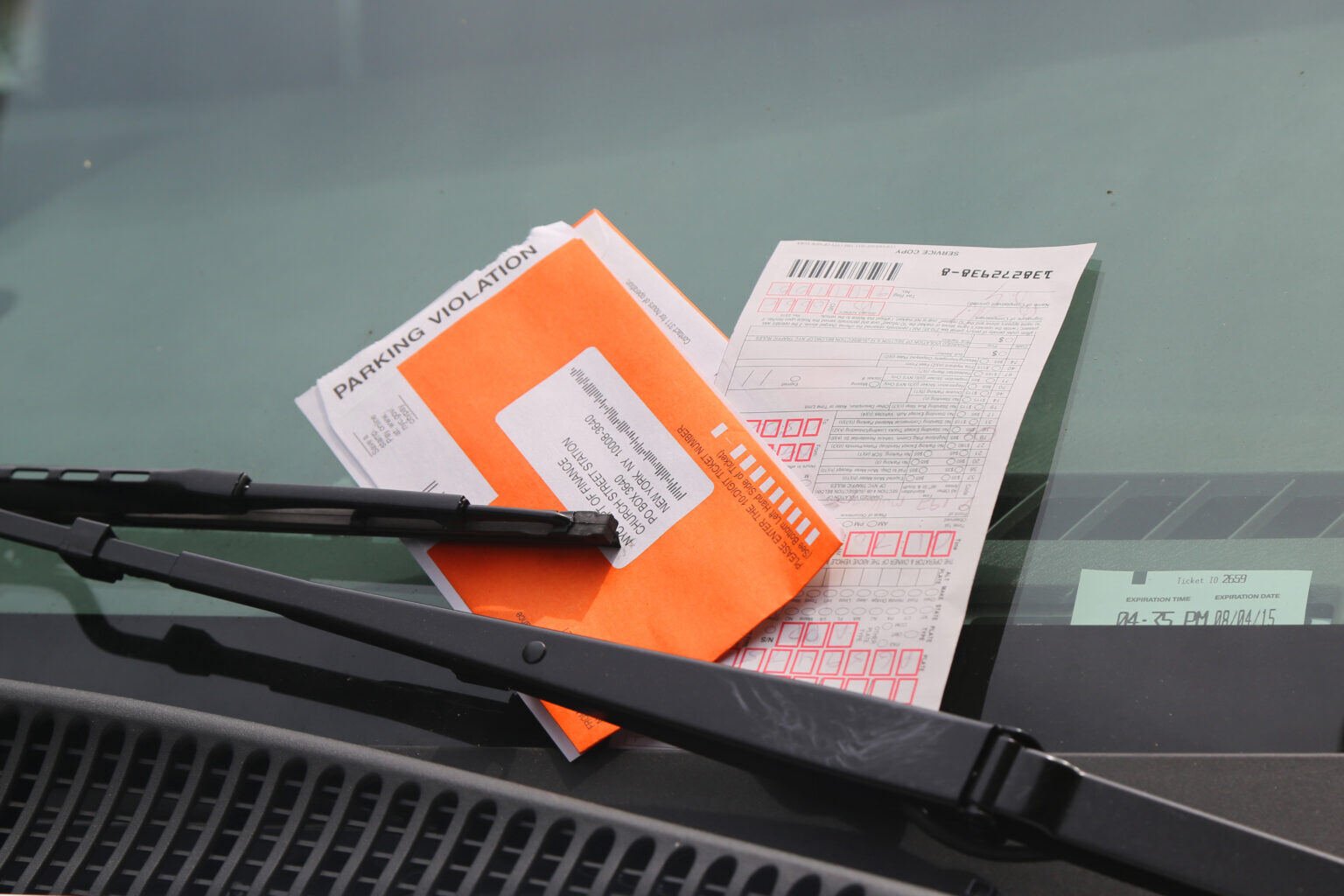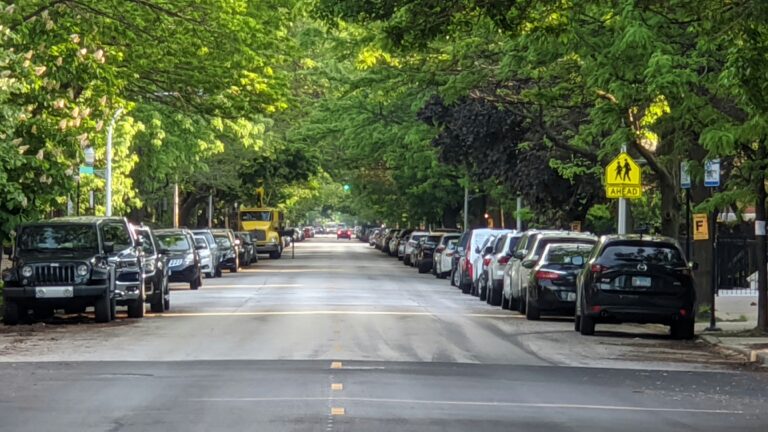4 min read
Parking Citation KPIs: The Metrics That Drive Smarter Enforcement
 Matt Darst
May 12, 2025 10:33:29 PM
Matt Darst
May 12, 2025 10:33:29 PM

Managing parking enforcement is no easy feat. Yet it’s essential for keeping streets safe, accessible, and orderly. Key Performance Indicators (KPIs) not only measure enforcement success but also help cities optimize day-to-day operations. Whether you're a parking enforcement officer (PEO), a city planner, or a private-sector operator, leveraging the right KPIs can dramatically improve how parking violations are identified, issued, and processed.
The Foundation of Effective KPIs: Strong Data
KPIs are only as good as the data behind them. Enforcement performance improves when metrics are grounded in real-time insights — not just historical citation patterns. Data sources like meter usage, parking occupancy, and violation trends ensure that KPIs reflect current conditions and real-world behaviors. By grounding your performance measures in reliable, up-to-date data, you can ensure enforcement strategies are both precise and impactful.
Let’s dive into the KPIs that matter most.
Quantitative KPIs: Measuring Productivity
These metrics provide a clear, objective snapshot of enforcement activity and operational efficiency. They answer a simple question: Are we getting the job done?

A roll-up dashboard of quantitative metrics for a team of PEOs, including “gaps,” or idle time between citations.
Citations Issued per PEO. This straightforward measure tracks the number of citations issued by each parking enforcement officer over a given shift or reporting period. It’s a foundational productivity benchmark that helps supervisors gauge workload, set expectations, and spot outliers — whether positive or negative.

PEO citation issuance by day of the week.
Citations per Officer per Zone. Zooming in further, this KPI breaks citation issuance down by zone or enforcement beat. Comparing officer productivity within the same area highlights patterns and identifies potential disparities in performance or coverage. Are some officers consistently more effective in high-demand zones? Are certain areas underserved?
Idle Time Between Citations. Idle time measures the average duration between issued citations (excluding breaks). Excessive idle time may signal inefficient patrol routes, lack of engagement, or operational obstacles. Reducing unnecessary downtime ensures officers remain vigilant and responsive throughout their shifts.

24-hour performance dials, demonstrating citation issuance by PEO as purple ticks, and performance gaps greater than 30 minutes in blue and 1 hour in red.
Why it matters: These productivity KPIs help ensure that enforcement operations maintain appropriate activity levels, focus resources effectively, and cover priority areas without unnecessary waste.
Qualitative KPIs: Measuring Accuracy and Fairness
Productivity alone isn’t enough. The quality of citations determines whether enforcement efforts are sustainable, defensible, and publicly trusted. Poorly issued tickets increase costs, reduce compliance, and erode credibility.
Voids and Errors. A low void rate indicates that officers are issuing tickets accurately and following the correct procedures. High void rates often stem from data entry errors, misunderstanding of regulations, or improper documentation. Monitoring voids encourages attention to detail and reinforces training needs.
No-Hit / Mismatch Errors. This KPI measures inaccuracies in capturing vehicle data — such as license plate numbers, plate states, or vehicle makes. Higher accuracy rates mean more tickets are successfully processed and collected. Frequent “no hits” or mismatches, on the other hand, increase administrative burden and reduce collection rates.

Trellint qualitative metrics visualization, demonstrating the percentage of paid citations, contested citations (and, as a subset, not liable decisions), and tickets lacking DMV data.
Ticket Payment Rates. This is the clearest indicator of citation legitimacy and public confidence. Higher payment rates suggest that tickets are valid, clearly communicated, and enforceable. Conversely, low payment rates may signal questionable citations, community pushback, or collection inefficiencies.
Challenges and Hearing Requests. A high contestation or hearing request rate can indicate that officers are issuing tickets in borderline or unclear situations. Monitoring both the challenge rate and the liable/dismissal rate during hearings gives insight into whether enforcement actions are fair and defensible. Persistent patterns here suggest the need for retraining or policy clarification.
Why Quality Beats Quantity in Citation Management
Let’s consider two officers: one focused on issuing as many citations as possible (Quantity over Quality), and one focused on issuing fewer but higher-quality citations (our Top Performer).

At first glance, PEO Quantity over Quality issues 100 citations compared to 80 from PEO Top Performer — a 20% difference favoring volume. But volume alone does not equate to overall value for the City.

When we look at Windshield Payment Rates — citations paid directly without further collection effort — the Top Performer achieves a 20% payment rate, compared to just 15% from the high-volume officer. Why? Because accurate, defensible tickets are more likely to be paid more quickly.

We also see that the Top Performer’s tickets lead to more “DMV Hits” (or registered owner information captured from the appropriate department of motor vehicles), fewer “Make Match Errors” (due to the make on the citation differing from that of the DMV), and fewer “Contested Citations” — all indicators of clean, accurate citations that hold up to scrutiny.

In fact, with photo support and properly keyed plate/State data, Top Performer’s contested rate drops from 16% to just 8%.

This improved quality has a direct financial impact. The Top Performer’s revenue is 27% greater despite issuing 20% fewer citations. Further, every citation issued in the pursuit of quantity over quality comes at additional cost.

This improved quality has a direct financial impact. The Top Performer’s revenue is 27% greater despite issuing 20% fewer citations. Further, every citation issued in the pursuit of quantity over quality comes at additional cost.

The result of improved quality despite fewer tickets issued is a 44% improvement in Net Revenue, and Net Revenue per citation nearly doubles — from $16.13 to $29.08.
The bottom line: fewer tickets, when issued accurately and defensibly, generate more revenue at lower cost. Quality isn’t just fair — it’s financially smarter.
Conclusion: Use KPIs to Drive Smarter Enforcement
Effective parking enforcement isn’t just about issuing more tickets — it’s about measuring what matters. A balanced set of KPIs, combining quantitative productivity metrics and qualitative accuracy indicators, empowers agencies to enforce smarter, not just harder.
By grounding KPIs in robust, real-time data and easy to read dashboards, cities and private operators can ensure that their enforcement strategies are efficient, defensible, and financially sustainable. Focus on quality as much as quantity, and both your community and your bottom line will benefit.
Ready to Improve Your Enforcement Strategy?
At Trellint, we help cities and operators move beyond ticket quotas and toward data-driven, high-quality enforcement. Our tools and analytics empower agencies to boost compliance, reduce costs, and increase net revenue — all while improving fairness and public trust.
Let’s talk about how smarter KPIs can work for your program. Contact us to schedule a demo or strategy session.




-1.jpeg)
